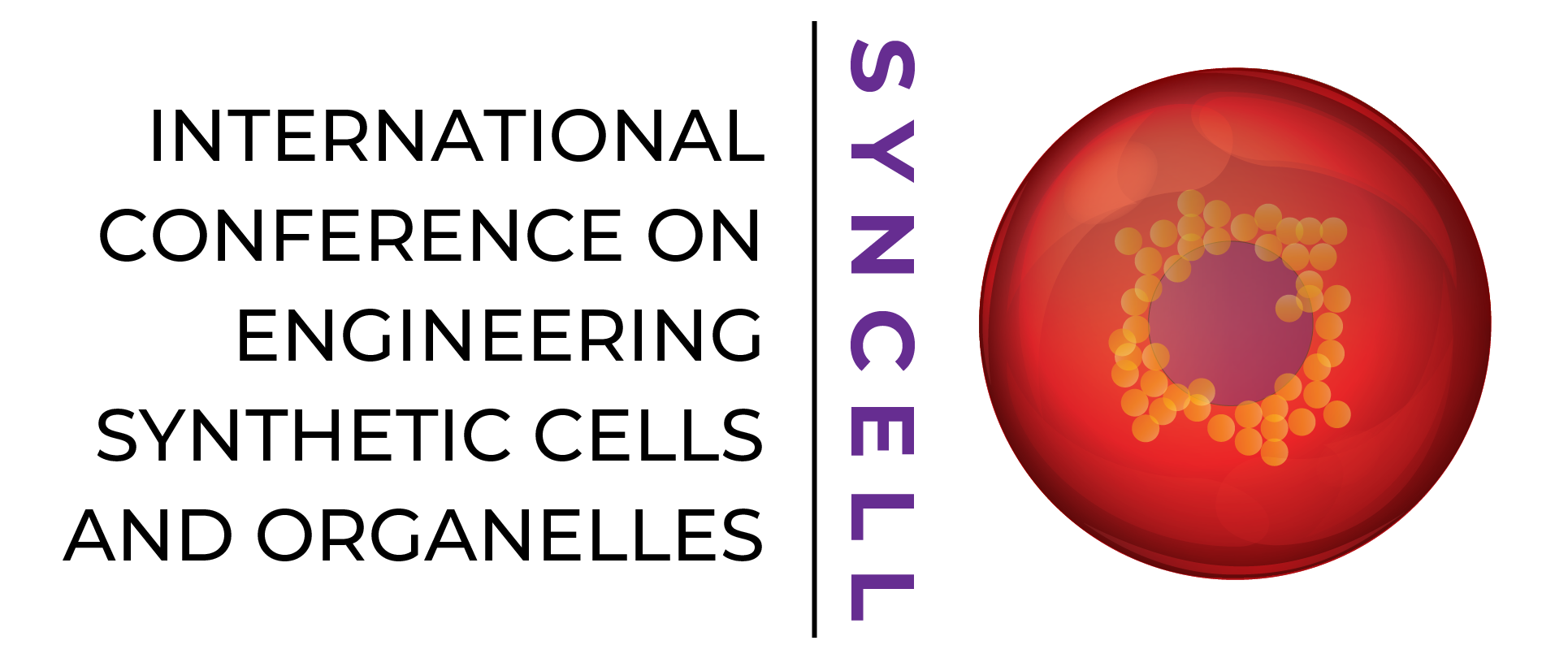
Light-driven ATP production promotes mRNA biosynthesis inside hybrid multi-compartment artificial protocells
Presented by: Emiliano Altamura
University of Bari
Contributed Talk
Abstract
EMILIANO ALTAMURA
Title: Light-driven ATP production promotes mRNA biosynthesis inside hybrid multi-compartment artificial protocells
Emiliano Altamura,#*1 Paola Albanese,#1 Roberto Marotta,2 Francesco Milano,3 Michele Fiore,4 Massimo Trotta,5 Pasquale Stano6 and Fabio Mavelli*1,7
# Equally contributing authors. * Corresponding authors.
1 Department of Chemistry, University of Bari “Aldo Moro”, Bari, Italy
2 Electron Microscopy Facility, Italian Institute of Technology (IIT), Genova, Italy
3CNR-ISPA, Institute of Sciences of Food Production, Lecce Unit, Lecce, Italy.
4 Institut de Chimie et Biochimie Moléculaires et Supramoléculaires, Université de Lyon “Claude Bernard Lyon 1”, Lyon, France
5 CNR-IPCF, Institute for Physical and Chemical Processes, Bari, Italy
6 Department of Biological and Environmental Sciences and Technologies (DiSTeBA), University of Salento, Lecce, Italy
7 CNR NANOTEC, Istituto di Nanotecnologia, Bari, Italy
Keywords: Synthetic cells, Artificial organelles, Artificial Photosynthesis, Hybrid systems
The construction of energetically autonomous artificial protocells is one of the most urgent and challenging requirements in bottom-up synthetic biology. Here we show a hybrid multi-compartment approach to build Artificial Simplified-Autotroph Protocells (ASAPs) in an effective manner. Chromatophores obtained from Rhodobacter sphaeroides accomplish the photophosphorylation of ADP to ATP functioning as nanosized photosynthetic organellae when encapsulated inside artificial giant phospholipid vesicles prepared with the droplet transfer method. Under continuous illumination chromatophores produce ATP that in turn sustains the transcription of a DNA gene by T7 RNA polymerase inside ASAPs. Cryo-EM and time-resolved spectroscopy were used for characterizing the chromatophore morphology and the orientation of the photophosphorylation proteins, which allow high ATP production rates (up to 100 ATP/s per ATP synthase). mRNA biosynthesis inside individual vesicles has been determined by confocal microscopy. The hybrid multi-compartment approach here proposed appears at the same time convenient and effective, and thus very promising for the construction of full-fledged artificial protocells.
